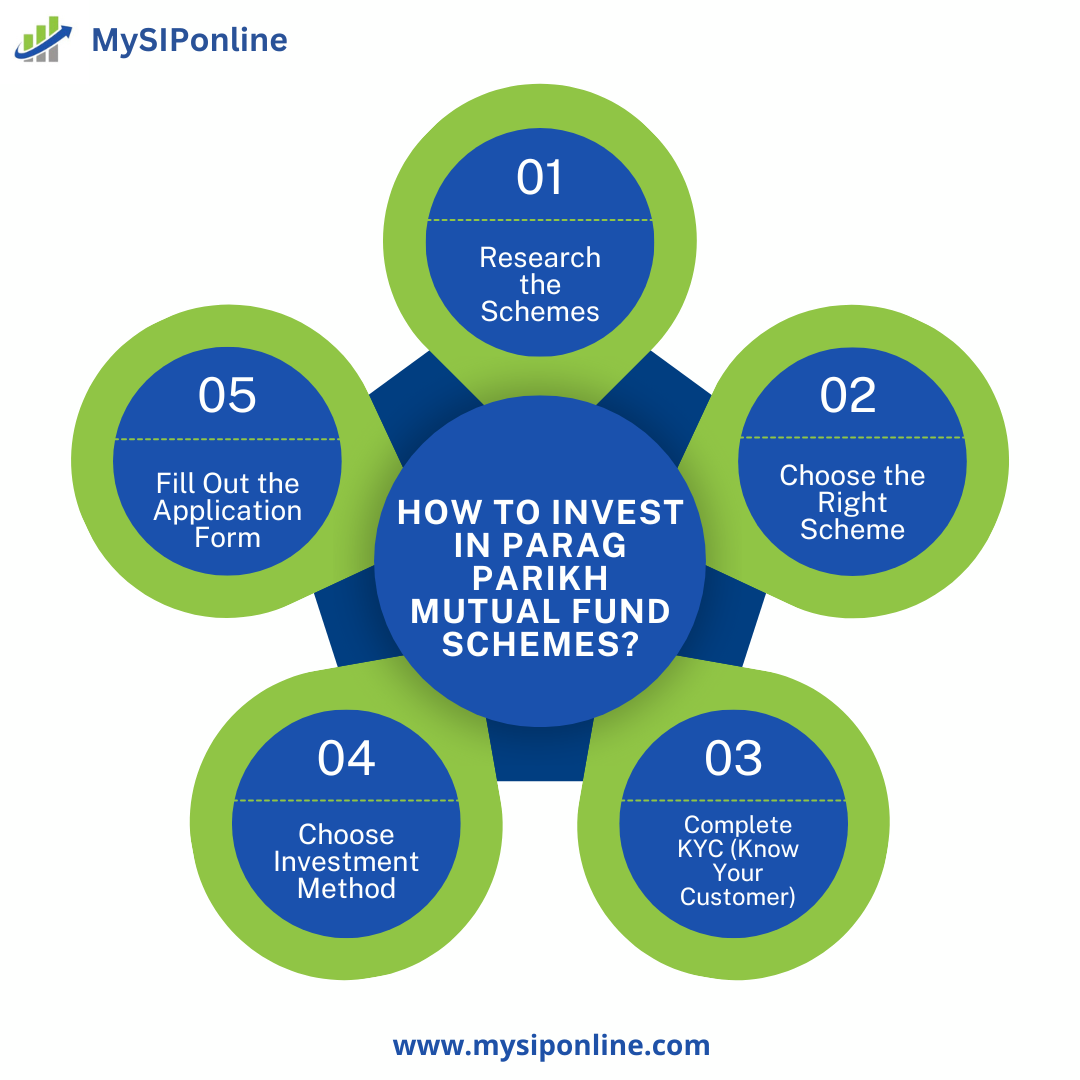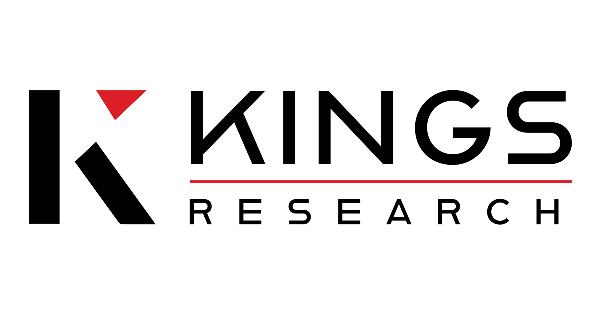Global Commercial Chillers Market Industry Overview Size, Share, and Forecast
INTRODUCTION
The Commercial Chillers Market, valued at USD 10.28 billion in 2023, is expected to grow to USD 14.07 billion by 2030, with a compound annual growth rate (CAGR) of 4.4% from 2024 to 2030.
The commercial chillers market plays a crucial role in the global HVAC (heating, ventilation, and air conditioning) industry, providing essential cooling solutions across various sectors such as healthcare, hospitality, food processing, and more. As the demand for efficient cooling systems continues to rise due to global warming and urbanization, the market for commercial chillers is witnessing substantial growth. Commercial chillers are designed to remove heat from liquids through vapor-compression or absorption refrigeration cycles, ensuring a stable and comfortable environment in commercial establishments.
Competitive Landscape
The commercial chillers market is highly competitive, with numerous key players striving to gain a significant share. The competition is driven by factors such as technological innovation, product quality, energy efficiency, and after-sales services. Leading companies in this market include:
•Johnson Controls International Plc
oKnown for its comprehensive range of chillers with advanced energy-saving technologies.
•Daikin Industries, Ltd.
oA global leader with a strong portfolio of high-performance chillers, catering to diverse applications.
•Carrier Corporation
oOffers innovative chiller solutions with a focus on sustainability and environmental responsibility.
•Trane Technologies plc
oSpecializes in cutting-edge chiller systems that integrate IoT for enhanced monitoring and control.
•Mitsubishi Electric Corporation
oProvides a wide range of chillers, emphasizing energy efficiency and reliability.
Growth Drivers
The commercial chillers market is propelled by several growth factors:
•Increasing Demand for Energy-Efficient Cooling Systems
oWith the rising focus on sustainability, energy-efficient chillers are in high demand to reduce operational costs and carbon footprints.
•Urbanization and Infrastructure Development
oRapid urbanization and the expansion of commercial infrastructure globally are fueling the need for efficient cooling solutions.
•Stringent Government Regulations
oGovernments across various regions are enforcing regulations to reduce energy consumption and greenhouse gas emissions, driving the adoption of energy-efficient chillers.
•Technological Advancements
oInnovations in chiller technologies, such as variable speed drives and IoT integration, are enhancing system performance and energy management.
•Growth in the Healthcare Sector
oThe increasing number of healthcare facilities requiring precise temperature control is boosting the demand for commercial chillers.
Market Dynamics
The dynamics of the commercial chillers market are influenced by several key factors:
•Supply Chain Disruptions
oRecent global events have led to supply chain disruptions, impacting the availability of key components for chiller manufacturing.
•Rising Raw Material Costs
oFluctuations in the prices of raw materials such as steel, copper, and aluminum have a direct impact on the production costs of chillers.
•Energy Prices
oThe volatility of energy prices affects the operational costs of chillers, influencing purchasing decisions.
•Technological Evolution
oThe continuous development of advanced technologies is driving product innovation and enhancing market competitiveness.
•Customer Preferences
oThere is a growing preference for customizable and modular chiller systems that cater to specific commercial needs.
Market Trends
The commercial chillers market is witnessing several emerging trends:
•Adoption of Smart Chillers
oIntegration of IoT and AI for real-time monitoring and predictive maintenance is becoming increasingly popular.
•Shift Towards Green Refrigerants
oThe industry is gradually moving towards the adoption of eco-friendly refrigerants to meet environmental regulations.
•Expansion of After-Sales Services
oCompanies are focusing on enhancing their after-sales services, including maintenance contracts and remote monitoring, to improve customer satisfaction.
•Increasing Focus on Modular Chillers
oModular chillers that offer scalability and flexibility are gaining traction in the market.
•Rising Demand for Chillers in Data Centers
oThe growing number of data centers worldwide is leading to increased demand for efficient cooling solutions.
Opportunities
The commercial chillers market presents numerous opportunities for growth:
•Emerging Markets
oExpanding into emerging markets in Asia-Pacific, Latin America, and the Middle East offers significant growth potential due to increasing infrastructure development.
•Retrofit and Replacement Demand
oThe demand for retrofitting old systems with energy-efficient chillers provides a lucrative opportunity for market players.
•Innovation in Refrigerants
oDeveloping and commercializing new refrigerants with lower Global Warming Potential (GWP) can provide a competitive edge.
•Expansion of Product Portfolios
oCompanies can capitalize on market opportunities by expanding their product offerings to include a wider range of capacities and configurations.
•Strategic Partnerships and Collaborations
oForming strategic alliances with local players in emerging markets can help companies expand their footprint and enhance market penetration.















![Lobster Market Growth: Key Factors Driving Expansion to USD [9.6 Billion] by {2029}](https://noticiasdecostarica.com/zb_users/upload/2025/07/20250714121902175246674235065.png)





